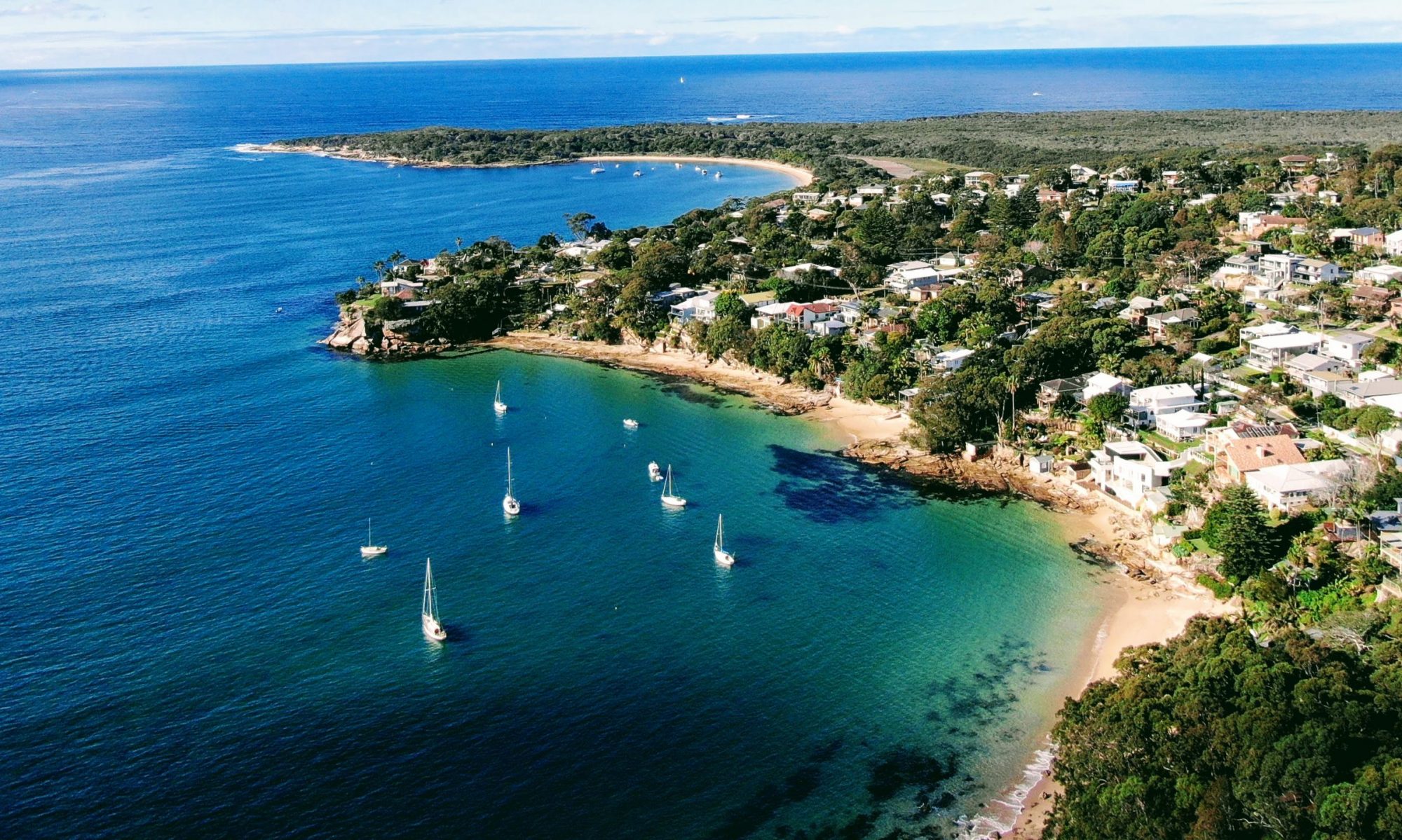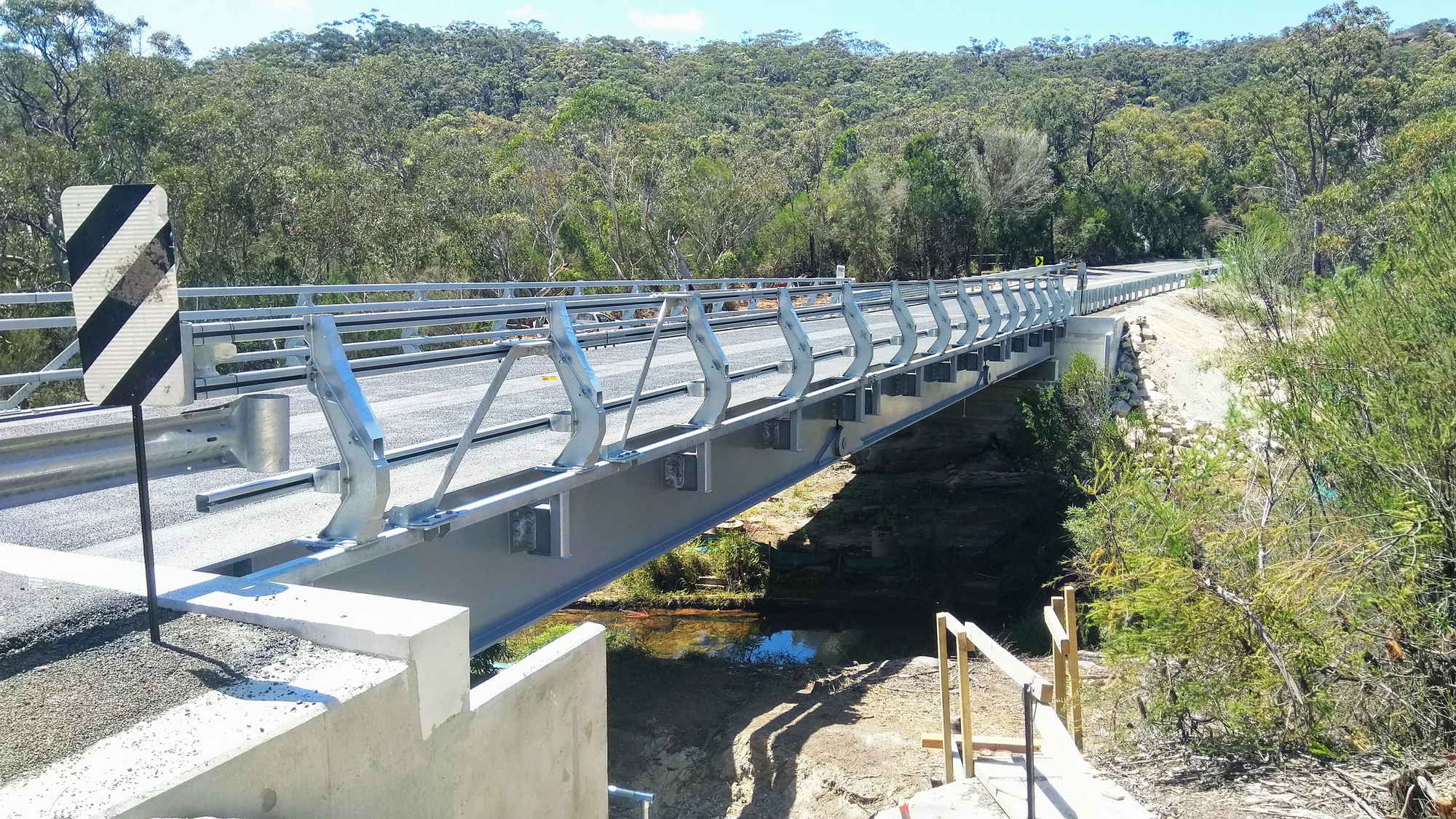Flat Rock Creek Bridge in the Royal National Park has been upgraded and is now taking traffic.
Replacement Need
The old timber based Flat Rock Creek bridge had structural issues requiring it’s replacement. The narrow 75 year old bridge was no longer fit for purpose and had become a pinch point for traffic when large trucks crossed over it.
As a result Transport for NSW had started construction works on 4 September for the existing bridge to be removed and had a new prefabricated replacement bridge dropped into place by 20 October so the new bridge was ready for public use.
Traffic Impact
Residents of Bundeena Maianbar had petitioned for the works to take place during the winter months when weekend traffic is at a seasonal low. However, shipment of the prefabricated bridge, which was coming from overseas, was delayed due to the COVID19 pandemic so works could not be scheduled during this period.
While construction was in progress Bundeena and Maianbar commuters and visitors to the towns needed to drive via the alternate route using the Waterfall entrance of the Royal National Park . This has caused significant traffic congestion on weekends as the single road access has not deterred visitors to the the Park.
Wattamolla, Garie and Bonnie Vale beaches regularly reached capacity on weekends with overflow visitors being turned away. However, this didn’t stop some visitors from parking on Sir Bertram Stevens Drive and making the long four kilometre walk to Wattamolla beach with esky in tow. Traffic exiting the Park during the evening had also been problematic with long queues of several kilometres along McKell Ave before drivers could turn onto the Princes Highway.
Construction Procress
The construction took six weeks to complete and involved several stages. The old bridge had to be dismantled and removed with the timber being on sold to a company specialising in recycling hardword for new building projects.
The old abutments which supported the bridge at each of the ends were excavated and removed and replaced with new ones. Similarly, the concrete pilings which the new bridge stands on were replaced.
Construction of the bridge wing walls were completed as was earthworks to backfill the area. A crane pad has also to be built which was used to lift the bridge into place.
The final stages involved the assembly of the new bridge and placement on to the new pilings using a crane.


